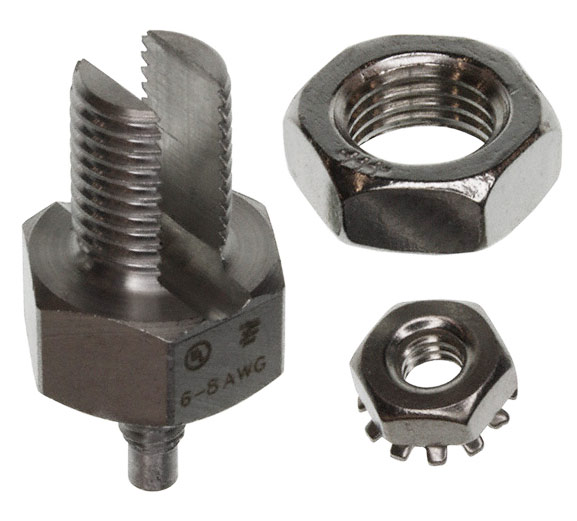
Grounding bolts are essential components in the electrical safety protocols of renewable energy systems, such as solar, wind, and hydroelectric power installations. These specialized fasteners play a crucial role in protecting equipment and personnel from electrical faults by effectively grounding electrical currents. This article explores what grounding bolts are, their functions, applications in various renewable energy systems, and their key properties and characteristics.
What are Grounding Bolts?
Grounding bolts, also known as earth bolts, create a safe and reliable connection between electrical systems and the ground. These bolts attach grounding wires to electrical equipment, ensuring that any unintended electrical surge is safely diverted away from sensitive components and towards the earth, where it can be dissipated without causing damage.
Function and Importance
The primary function of grounding bolts is to prevent electrical overloads, fires, and other hazards by providing a path of least resistance for electrical current to flow back to the ground. This is particularly crucial in renewable energy systems where the risk of lightning strikes or power surges can be significant. Proper grounding helps to stabilize the electrical system, safeguarding both the infrastructure and the environment from the potentially devastating effects of uncontrolled electrical discharges.
Applications in Renewable Energy Systems
- Solar Power Systems: In solar installations, grounding bolts are used to connect the metal frames of solar panels to the grounding system. This is vital for mitigating the risk of electrical shock or fire, particularly under fault conditions like a short circuit within the system.
- Wind Power Systems:For wind turbines, these bolts ensure that the entire structure, often made of conductive materials like steel, is grounded. This is essential not only for operational safety but also to protect against lightning strikes, which are common given the height and exposed locations of wind turbines.
- Hydroelectric Systems: Grounding bolts in hydroelectric plants are crucial for grounding the control systems and power generation equipment. Due to the presence of large bodies of water and high voltages, effective grounding is essential to prevent electrical accidents.
Properties and Characteristics
Manufacturers typically make grounding bolts from conductive, corrosion-resistant materials such as copper, galvanized steel, or stainless steel to withstand harsh environmental conditions and ensure longevity. They must also possess high mechanical strength to maintain a tight connection and resist loosening over time, even in environments subject to vibration, temperature fluctuations, and moisture.
Key characteristics include
- Corrosion Resistance: Essential for outdoor and harsh environments.
- High Conductivity: Ensures effective dissipation of electrical currents.
- Durability: Capable of withstanding physical and environmental stress.
Conclusion
Grounding bolts are indispensable in the construction and maintenance of safe renewable energy systems. By effectively grounding electrical installations, they play a critical role in protecting equipment from damage and individuals from electrical hazards. As the global shift towards renewable energy sources continues, the importance of reliable grounding solutions becomes increasingly vital. Proper selection, installation, and maintenance of these components are key factors in the successful and safe operation of any renewable energy project.

